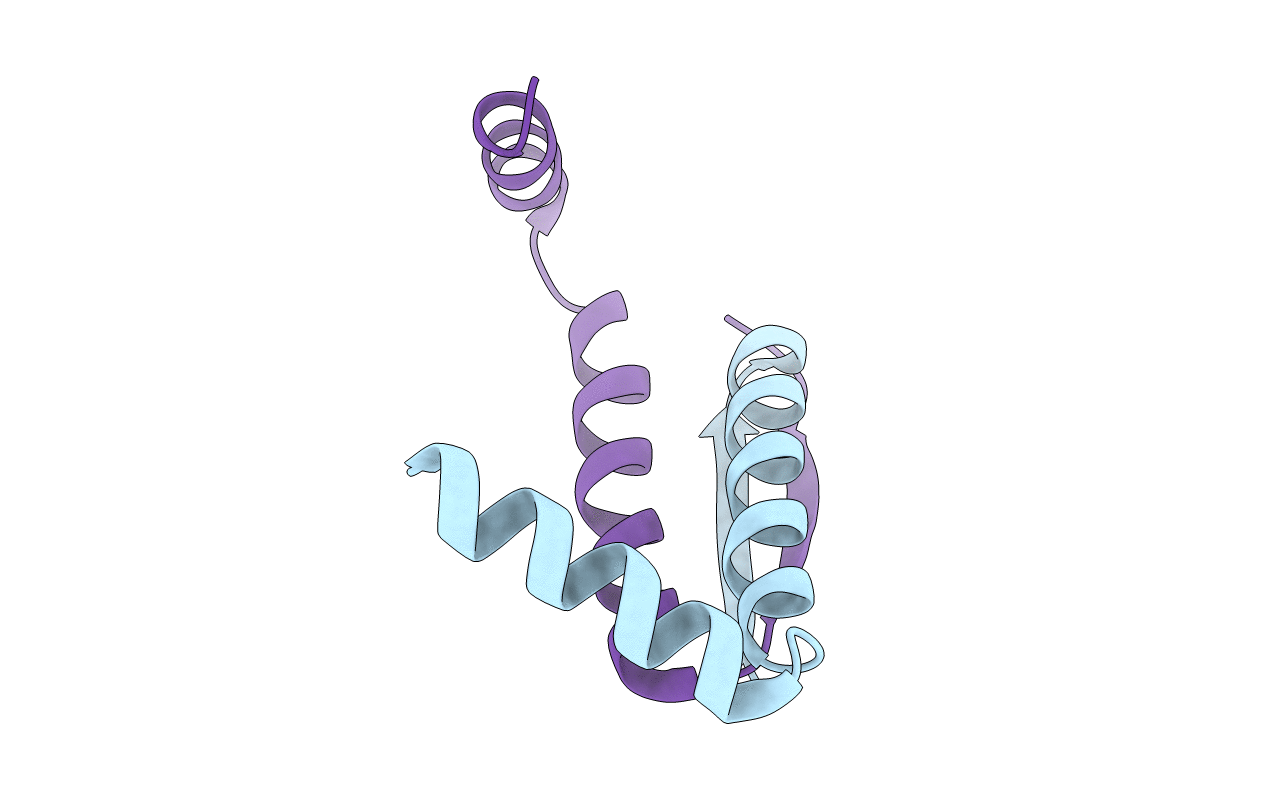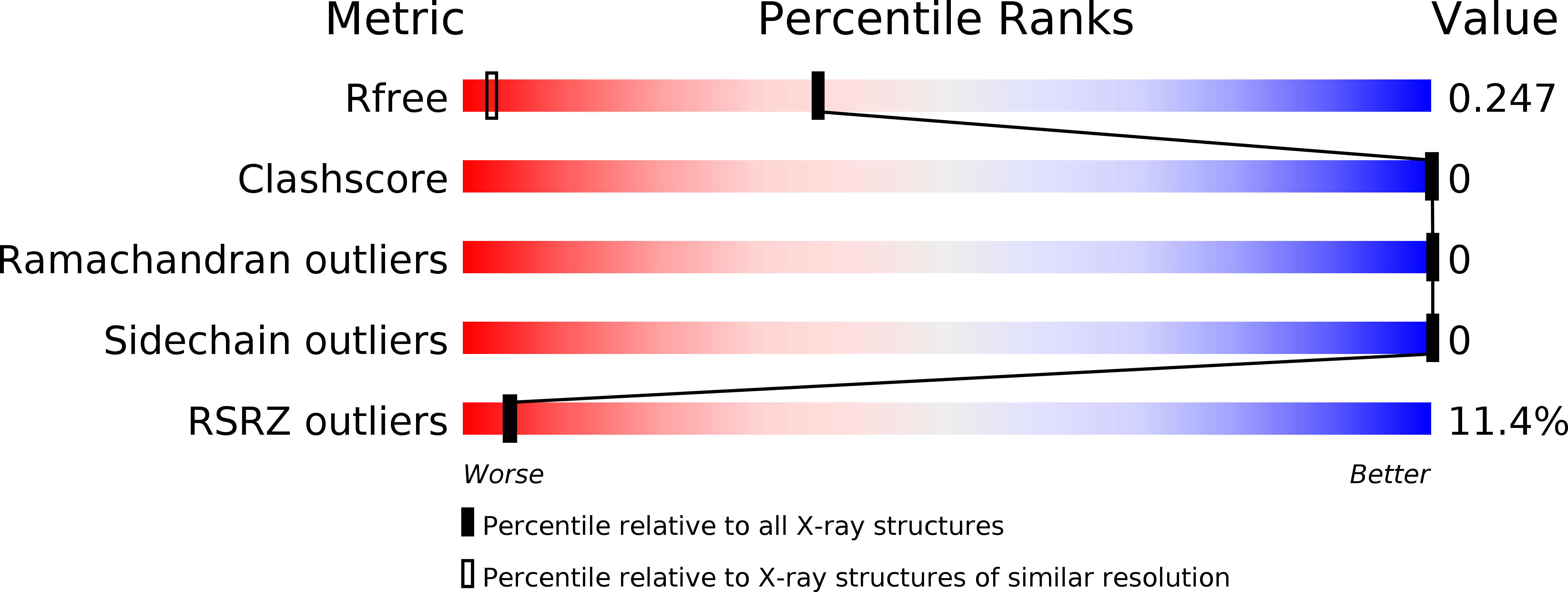
Deposition Date
2016-01-19
Release Date
2016-10-19
Last Version Date
2024-01-10
Method Details:
Experimental Method:
Resolution:
1.36 Å
R-Value Free:
0.24
R-Value Work:
0.23
R-Value Observed:
0.23
Space Group:
P 42 21 2


